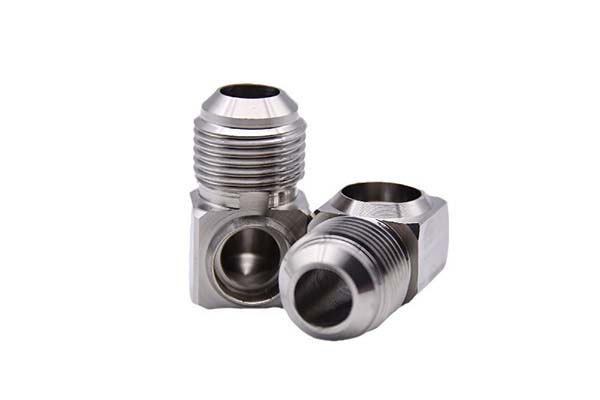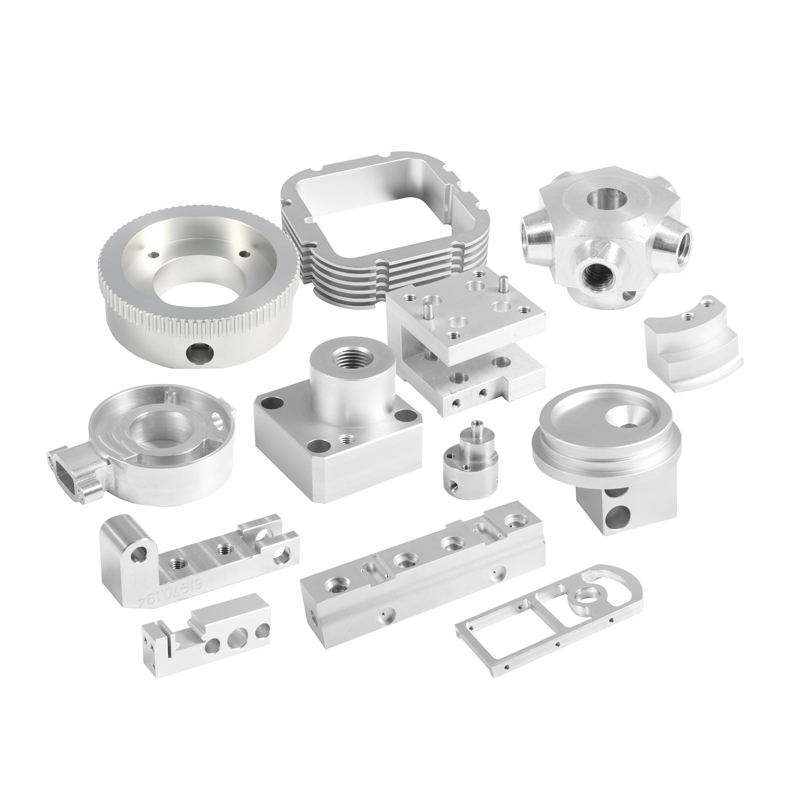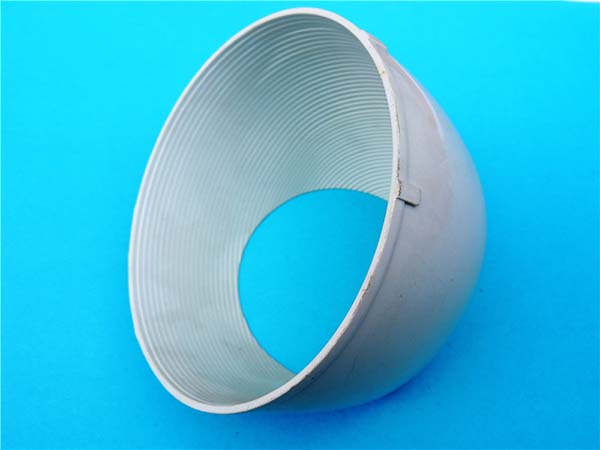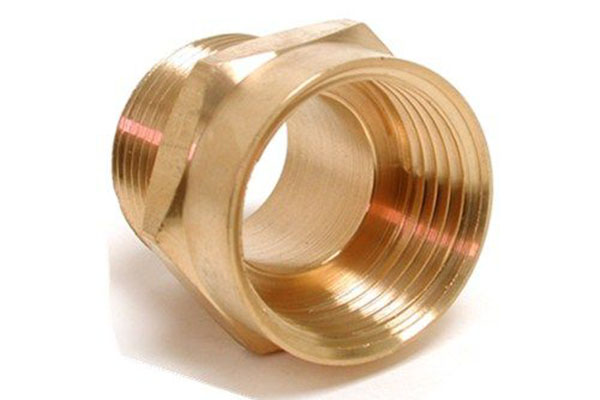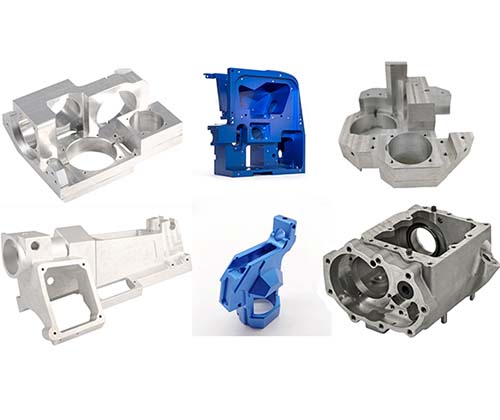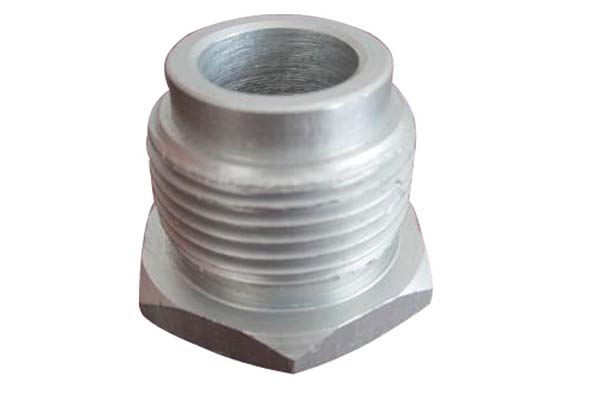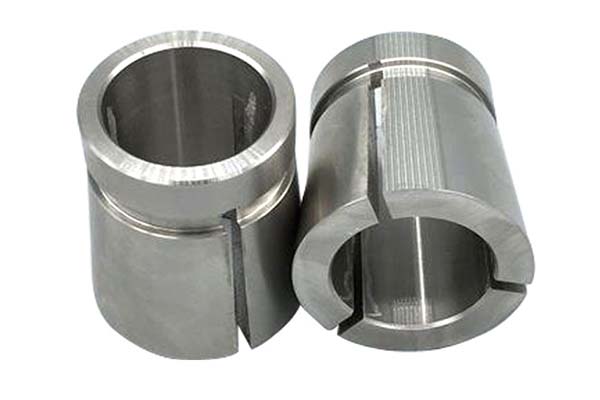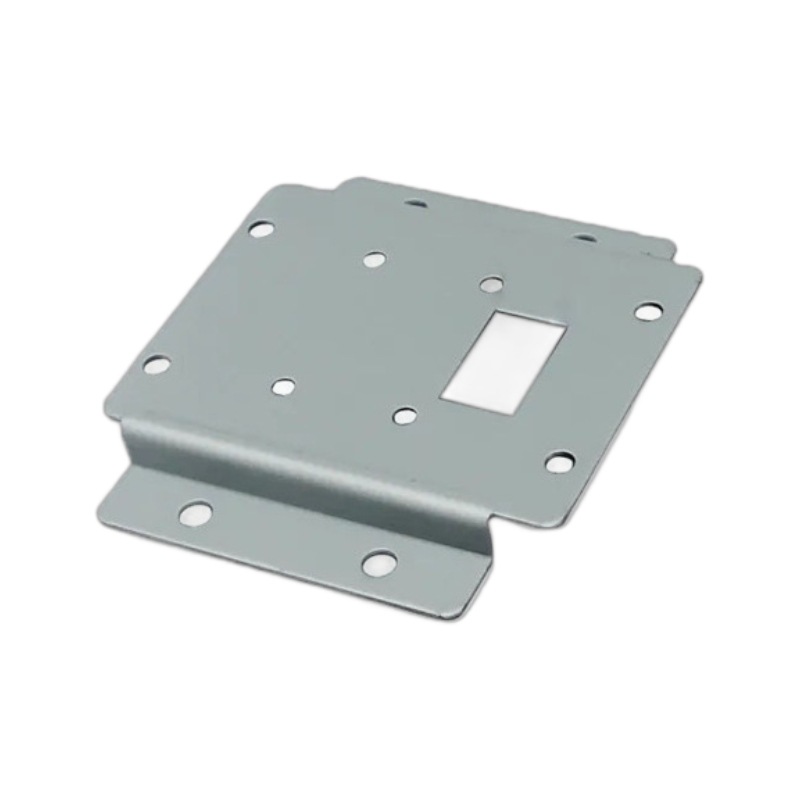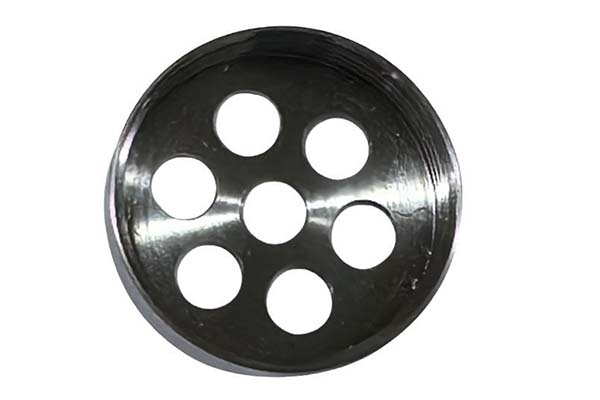Kovar is a unique exotic alloy celebrated for its exceptional low thermal expansion and compatibility with glass, making it a critical material in electronics and semiconductor industries. As a nickel-iron-cobalt alloy, its precise composition—29% nickel, 17% cobalt, and 54% iron—delivers a coefficient of thermal expansion that closely matches borosilicate glass, enabling reliable hermetic seals in high-performance devices. However, machining this alloy presents distinct challenges, from its tough microstructure to its sensitivity to heat generation during cutting. This guide explores the essential aspects of CNC machining Kovar, offering practical solutions to overcome its difficulties and achieve precise, high-quality results.
Material Properties of Kovar
Key Characteristics and Structure
The nickel-iron-cobalt alloy composition of Kovar is engineered to provide unique performance. Its most notable trait is a coefficient of thermal expansion of 5.1 × 10⁻⁶/°C (20–300°C), nearly identical to borosilicate glass—this compatibility is why it’s indispensable for glass-to-metal seals in electronics. Beyond thermal properties, Kovar offers balanced mechanical properties: a tensile strength of 515–690 MPa, a yield strength of 275 MPa, and high ductility (elongation of 30%), allowing for forming complex shapes without cracking.
Corrosion resistance of Kovar is moderate, performing well in dry environments but requiring protection in humid or corrosive conditions—often achieved through plating. Its thermal conductivity is 17 W/m·K, lower than steel, meaning heat dissipates slowly during machining, increasing the risk of localized heating. The microstructure of Kovar is a fine-grained ferrite phase, which contributes to its toughness but also makes it more resistant to cutting than plain carbon steels. A comparative study found that Kovar’s machinability rating is 50% of 1212 carbon steel, highlighting the need for specialized techniques.
How Properties Impact Machinability
Kovar’s low thermal expansion is a boon for its applications but complicates machining. Its low thermal conductivity traps heat at the tool-workpiece interface, leading to tool wear and potential workpiece distortion. While its high ductility aids forming, it causes chips to adhere to cutting tools, creating built-up edges that degrade surface finish. Additionally, its moderate hardness (150–200 HB) is higher than some irons, requiring sharper tools and optimized parameters to prevent work hardening. These factors combined make exotic alloy machining of Kovar a test of tool selection and process control.
CNC Machining Process for Kovar
Tool Selection and Machining Parameters
Tool selection is critical for successful Kovar machining. Carbide tools with TiN or TiAlN coatings are preferred, as they offer good wear resistance and reduce friction. Uncoated high-speed steel (HSS) tools can be used for low-volume jobs but wear 3–4 times faster than carbide. For precision work, cutting tools with sharp edges and positive rake angles minimize cutting forces and chip adhesion.
Optimal machining parameters balance efficiency and tool life:
- Turning: Use spindle speeds of 100–150 m/min with feed rates of 0.1–0.15 mm/rev. Lower speeds risk chip welding, while higher speeds increase heat generation.
- Milling: Spindle speeds of 120–180 m/min and feed rates of 0.08–0.12 mm/tooth work best. Four-flute end mills with high helix angles improve chip evacuation, reducing heat buildup.
- Drilling: Carbide drills with 118° point angles perform well at spindle speeds of 80–120 m/min and feed rates of 0.05–0.1 mm/rev. Through-coolant holes are essential to flush chips and cool the cutting zone.
Managing Heat and Surface Finish
Heat generation during Kovar machining is a critical concern, as excessive temperatures can distort the workpiece or degrade tool performance. Coolant use is mandatory—soluble oils (5–8% concentration) applied at moderate pressure (30–50 bar) effectively dissipate heat and lubricate the cutting interface. Flood cooling is sufficient for most operations, but directed nozzles improve results in deep cuts.
Achieving tight dimensional accuracy (typically ±0.002 mm for electronic components) requires stable machine setups and minimal vibration. Rigid toolholders reduce chatter, while tool paths optimized for smooth motion (e.g., arc transitions) prevent sudden load changes. For surface finish, Kovar can achieve Ra 0.8–1.6 μm with proper parameters; a case study on machining sensor housings found that using fresh carbide tools and reducing feed rate by 20% improved finish by 30%.
Maximizing Tool Life and Efficiency
Tool wear in Kovar machining is primarily caused by abrasion and adhesion. To extend tool life:
- Replace tools at 70% of maximum wear (flank wear ≤0.15 mm) to avoid surface finish degradation.
- Use lubrication with EP (extreme pressure) additives to reduce friction between chips and tools.
- Implement machining strategies like climb milling to minimize tool engagement with work-hardened surfaces.
Material removal rate can be optimized by balancing depth of cut (0.5–1 mm for roughing) with feed rate, ensuring consistent chip formation. High-speed machining (HSM) is possible but requires rigid machines to handle increased cutting forces—tests show HSM can reduce cycle time by 25% without compromising accuracy when using proper tooling.
Applications of Kovar
Key Industries and Uses
Kovar applications are centered on its thermal matching properties. In the electronics industry, it is used for transistor headers, diode packages, and connector pins, where hermetic seals protect sensitive components from moisture and contaminants. A major electronics manufacturer reported that Kovar-based packages reduced failure rates by 40% compared to plastic alternatives in high-humidity environments.
The semiconductor industry relies on Kovar for vacuum chambers and wafer handling equipment, where dimensional stability under thermal cycling is critical. In telecommunications, it’s used for fiber optic connectors and laser housings, ensuring reliable signal transmission. Even the aerospace industry utilizes Kovar for satellite components and avionics, where extreme temperature fluctuations demand materials with low thermal expansion.
Specialized Components and Custom Machining
CNC machining enables the production of custom Kovar parts for unique needs. For example, in satellite components, Kovar waveguides are precision-machined to tight tolerances (±0.001 mm) to maintain signal integrity. In medical devices, Kovar housings for implantable sensors are machined with smooth surfaces (Ra < 0.8 μm) to prevent tissue irritation. Its compatibility with glass also makes it ideal for laser components, where hermetic seals protect delicate optics from environmental damage.
Yigu Technology's Perspective
At Yigu Technology, we specialize in CNC machiningexotic alloy Kovar for electronics and aerospace clients. Our approach combines carbide cutting tools with TiAlN coatings and optimized machining strategies to manage heat and ensure dimensional accuracy. We use high-precision machines with thermal compensation to counteract Kovar’s sensitivity to temperature changes, achieving tolerances as tight as ±0.001 mm. Our expertise in hermetic seal components ensures that every part meets the strict standards of the semiconductor industry and telecommunications sector, delivering reliable performance in critical applications.
FAQs
Q1: Why is Kovar ideal for glass-to-metal seals?
A1: Kovar’s coefficient of thermal expansion closely matches borosilicate glass, preventing stress cracks during temperature cycling. This compatibility, combined with its high ductility, enables strong, reliable hermetic seals—critical for protecting electronics from moisture and contaminants.
Q2: What cutting tools work best for machining Kovar?
A2: Carbide tools with TiN or TiAlN coatings are optimal for Kovar machining. They resist abrasion and reduce friction, minimizing tool wear and chip adhesion. HSS tools can be used for low-volume jobs but require more frequent replacement.
Q3: What industries rely most on Kovar components?
A3: The electronics industry, semiconductor industry, and telecommunications sector are the largest users, leveraging Kovar for hermetic seals and thermal stability. It’s also critical in aerospace industry applications like satellite components, where temperature resistance is essential.
